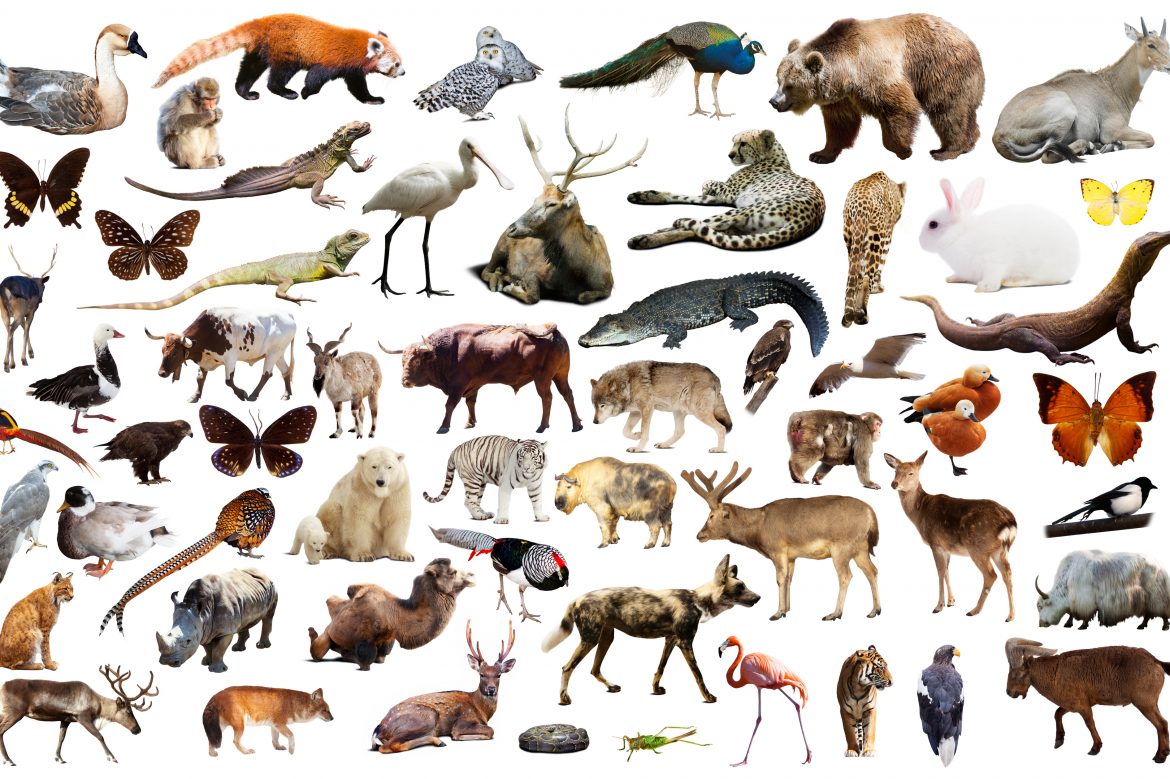
Misfits in This Mortal World
One of the most stunning definitions of biodiversity should be “an ensemble of species, description and classification of which requires continual efforts of 300 thousand specialists for 1,200 years”. In case you are wondering where in this mad endeavour we are at the moment: standing on its 250th year and around the 2 millionth species. Another ostentatious and startling data we have in our hands is that the extinction rates in biological diversity has accelerated to a thousand times its natural levels. That is to say some of the species become extinct even before science is able to discover them.
The world of “celebrities” is of little insignificance compared to the world of species. If perchance we were to publish a scientific newspaper exclusively on the millions of species we share the planet with, we would have to write about 150-200 species becoming extinct in return for 40 newly discovered, on a daily basis. On the eve of the sixth* of mass extinction waves geologically known to occur, scientists rendered an account that could help us picture the scale of biodiversity we have ravaged over the course of a 4-billion-year-long evolutionary history.
Thousands of times faster than natural levels
Scientists estimate that the current rate of species extinction is 1,000-10,000 times faster than the natural extinction rate to occur on a planet without humans –as it was, approximately 200 thousand years ago. Although you might tend to interpret the term “natural extinction rate” as 1-5 species becoming extinct each year, the experts assert that 0.01-0.1 per cent of all identified species are annually becoming extinct due to human activities.
Farewell to 200 species daily
With an estimation based on the fact that we have -approximately and scientifically- discovered and identified 2 million different species on the planet, and in case the lower limit is accurate, the annual number of species becoming extinct is between 200 and 2,000. If the upper limit is more realistic, we part ways with about 10,000 to 100,000 species each year. Now we bid farewell to 150-200 species every hour. Furthermore, another scientific report claims that 30 to 50 per cent of all the species we know of will face the risk of extinction towards the middle of this century.
Fresh out
A fresh and dramatic piece of information: Results of a study carried out in the Amazons, which is home to 10 per cent of all known species despite covering only 1 per cent of the planet, revealed that a new species is discovered in the region every two days. Ricardo Mello, coordinator of WWF’s Amazon Programme, indicates that farming and lumbering damage the region’s flora and fauna, adding the entire 381 species discovered in recent years have gone extinct before the humans even got to know about them!
According to IUCN (International Union for Conservation of Nature), 41 per cent of amphibians, 26 per cent of mammals, and 38 per cent of the entire range of species we have found the opportunity to examine are on the brink of extinction.
90 per cent of marine species are still unknown
The things we know about the Earth is still too little compared to what we know about the skies! This is the assertion of World Resources Institute (WRI). According to geographical grouping, 75 per cent of the species we have managed to identify live on land. Thus, only a quarter of discovered marvels live in the deep, even though 70 per cent of our planet’s entire surface is water. Studies show that 90 per cent of marine species is still a mystery to us!
Crowds unable to hold on
Amphibians are perhaps the most vulnerable group. At least one third of roughly 6,300 known species of amphibians face the risk of extinction. Birdlife International also estimates that 12 per cent of all 9,865 known bird species are considered threatened, with about 2 per cent facing an extremely high risk of extinction in the wild. Fish are not safe either, as IUCN announced that 21 per cent of all evaluated fish species globally are at risk of extinction, including more than a third of sharks and rays. Approximately 30 per cent of all 1.3 million known invertebrate species; one fifth of all 5,491 known mammal species, and half suffering dramatic decline in their populations; and nearly half of all primate species; 68 per cent of about 13 thousand evaluated plant species; 21 per cent of all identified reptile species… the list is long, and the numbers not so bright.
Despite all these high risks of extinction, and that we are living in an epic period of extinction, the fact that we discover, identify and re-classify around 15-18 thousand species annually is pretty exciting because that is the sole basis for demanding policies that will benefit biodiversity.
* A study in 2015 suggested that the Earth is entering a sixth Mass Extinction. The last mass extinction was 66 million years ago, when the dinosaurs dies out along with more than 75 per cent of the entire life on the planet.
REFERENCES
- 1. http://advances.sciencemag.org/content/1/5/e1400253
- 2. https://www.theguardian.com/environment/2011/aug/23/species-earth-estimate-scientists
- 3. http://news.nationalgeographic.com/news/2011/08/110824-earths-species-8-7-million-biology-planet-animals-science/
- 4. http://journals.plos.org/plosbiology/article?id=10.1371/journal.pbio.1001127
- 5. https://www.theguardian.com/environment/2010/aug/16/nature-economic-security
- 6. http://www.independent.co.uk/environment/world-facing-annihilation-species-extinction-animal-population-proceedings-of-the-national-academy-a7834531.html
- 7. https://phys.org/news/2017-08-species-amazon.html
- 8. http://www.mamiraua.org.br/cms/content/public/documents/publicacao/c1f6bb0a-3771-4134-9056-
- 9. http://www.mamiraua.org.br/cms/content/public/documents/publicacao/c1f6bb0a-3771-4134-9056-29a19d6ea6cf_relatorio_de_especies_baixa_res_web_21_08-2-.pdf
- 10. http://www.biologicaldiversity.org/programs/biodiversity/elements_of_biodiversity/extinction_crisis/
